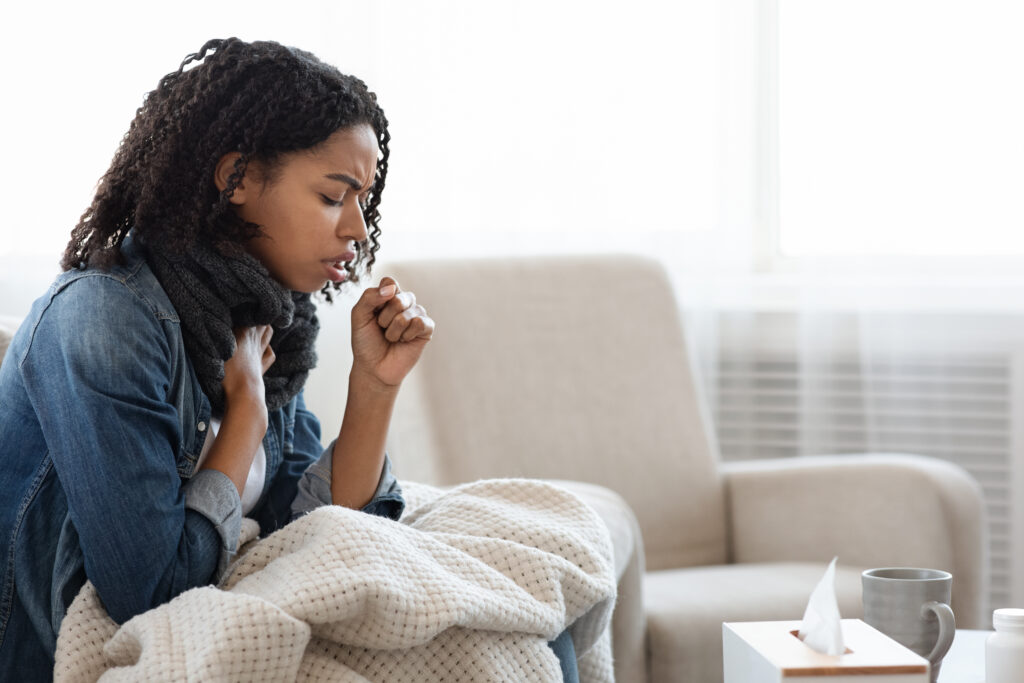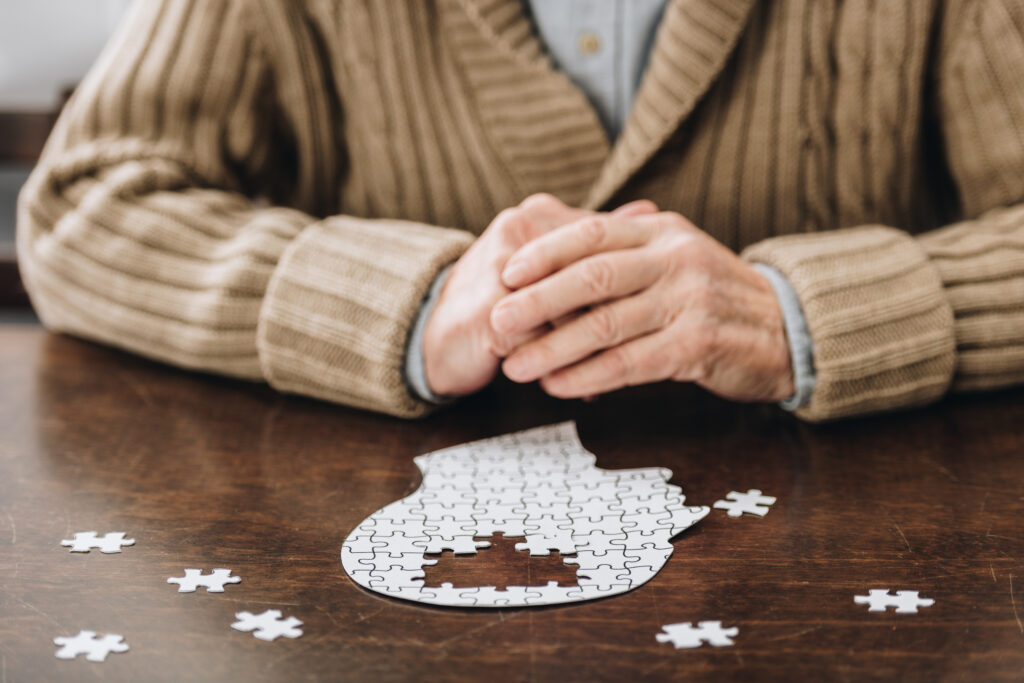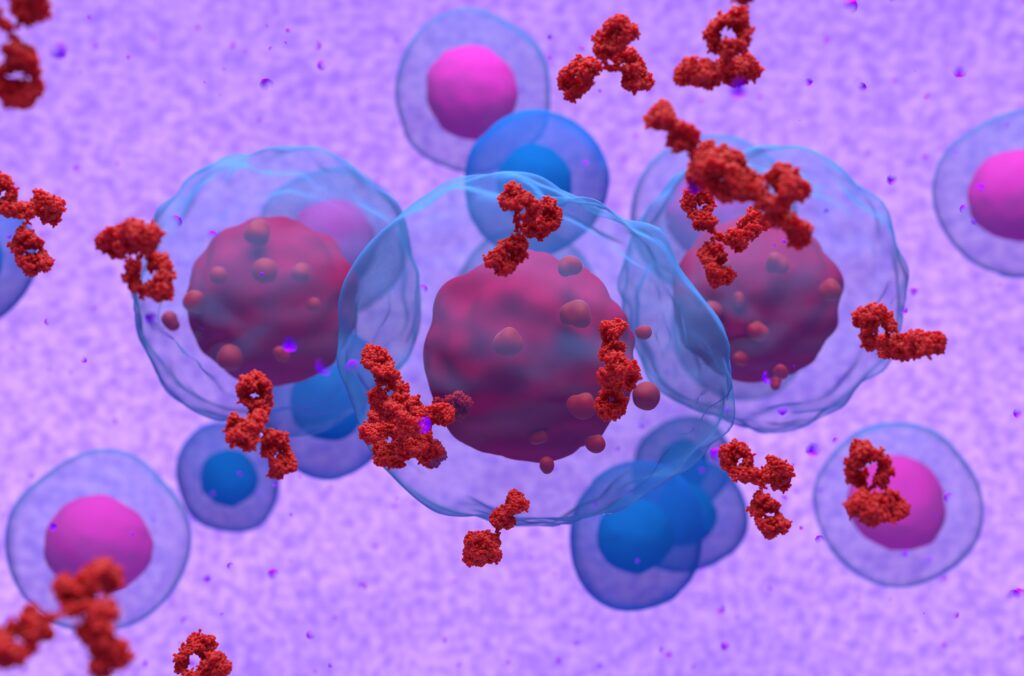
Pneumonia is one of the most common respiratory diseases, affecting millions worldwide each year. Although pneumonia generally falls into three broad categories, there are more than 30 causes of the disease. Identifying the cause of pneumonia is especially important for getting the proper treatment.
What Is Pneumonia?
Pneumonia is an infection that affects the air sacs in one or both lungs. The air sacs, called alveoli, exchange oxygen and carbon dioxide between the lungs and blood when we breathe in and out. The body’s ability to exchange these gasses is reduced if the alveoli are filled with fluid or pus.
There are three main categories of pneumonia:
Bacterial pneumonia: There are a lot of different bacteria that can cause pneumonia. The most common type of bacterial pneumonia is pneumococcal pneumonia, caused by the Streptococcus pneumonia germ. More than 900,000 Americans get pneumococcal pneumonia every year. Bacterial pneumonia can result from a viral cold or the flu, but it can also occur on its own.
Symptoms of bacterial pneumonia include:
- Cough that produces bloody, green, or yellow mucus
- Fever
- Heavy sweating
- Rapid breathing
- Shortness of breath
- Lips and fingernails that are tinted blue
- Loss of appetite
- Lethargy and fatigue
Viral pneumonia: Viruses that cause upper respiratory tract infections, like the influenza (flu) virus, are the most common causes of viral pneumonia. Viral pneumonia makes up about a third of cases. It has similar symptoms as bacterial pneumonia. Other symptoms include:
- Headache
- Muscle pain
- Weakness
- Shortness of breath that gets increasingly worse
- Cough that gets increasingly worse
Mycoplasma (“walking”) pneumonia: Also known as atypical pneumonia, mycoplasma pneumonia is caused by the bacterium Mycoplasma pneumoniae. It can easily be mistaken for the flu or a bad case of the common cold.
Symptoms of walking pneumonia include:
- Sore throat
- Fatigue
- Mild chills
- Headache
- Cough
- Chest discomfort or pain
Risk Factors for Pneumonia
Anyone can get pneumonia, but infants, young children, and older adults are more likely to get it. People who have ongoing medical conditions are also more likely to get pneumonia.
People hospitalized for another illness are also at an increased risk of pneumonia. This is called hospital-acquired pneumonia. This type is especially dangerous because the person is already sick. Not only that, but the bacteria may be resistant to treatments such as antibiotics. A similar type of pneumonia called healthcare-acquired pneumonia applies to people who live in long-term care facilities or receive care at an outpatient clinic.
How Is Pneumonia Diagnosed?
If your doctor thinks you have pneumonia, a couple of tests can help diagnose it.
- Chest x-ray to look for inflammation in the lungs
- Blood tests, including complete blood count (CBC), to determine if your immune system is trying to fight off an infection
- Pulse oximetry to measure how much oxygen is your blood
Your doctor may also perform a sputum test to determine what germ is causing your pneumonia. A sputum test requires a sample of spit or mucus from your cough.
If you have received treatment for your pneumonia, but it’s not working well, your doctor may look inside your airways. A bronchoscopy allows your doctor to collect lung tissue and fluid samples to determine the cause of your pneumonia.
How Is Pneumonia Treated?
Pneumonia treatment depends on several factors, including the type and how sick you are. Your overall health can also play a role in treatment.
Mild cases of pneumonia can go away on their own. For example, walking pneumonia is so mild you can go about daily activities while sick. Although you may need additional treatment, a little TLC can help eliminate walking pneumonia faster.
You can treat mild cases of pneumonia at home by:
- Resting
- Staying hydrated
- Avoiding cough medicine
- Taking aspirin or other over-the-counter medication to control fever
- Drinking warm beverages to open the airways
- Avoiding smoke, including secondhand smoke
Bacterial pneumonia can be treated with antibiotics, so it’s important to take them as directed by your doctor. Stopping antibiotics prematurely can cause the infection to come back. Viral pneumonia, however, cannot be treated with typical antibiotics. Instead, you’ll need an antiviral medication.
However, if you have severe pneumonia, you might need oxygen therapy, antibiotics, or intravenous (IV) fluids. You may also need other breathing treatments if you are having trouble breathing on your own.
Although pneumonia is very common, some cases can be more severe than others if left untreated. If you aren’t sure if you have pneumonia or something else, be sure to talk to your doctor.
Resource Links:
“Pneumonia” via Medline Plus
“Pneumonia” via Hopkins Medicine
“Risk Factors for Pneumonia” via Centers for Disease Control and Prevention
“Pneumonia” via National Heart, Lung, and Blood Institute
“What Causes Pneumonia” via American Lung Association





